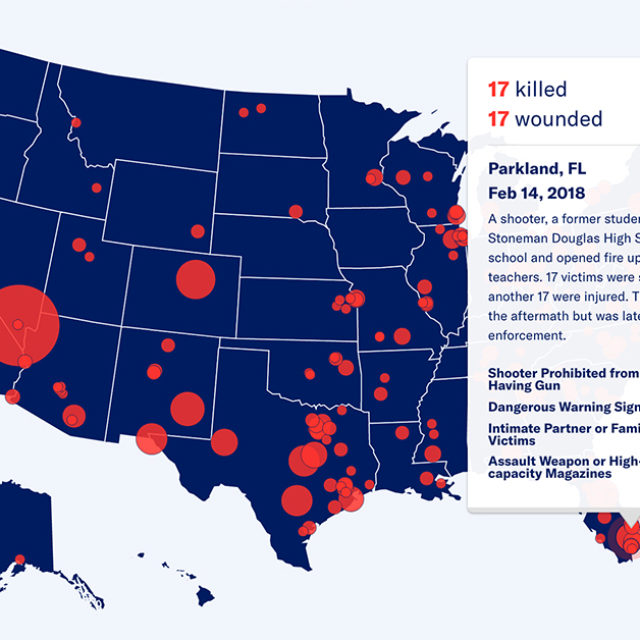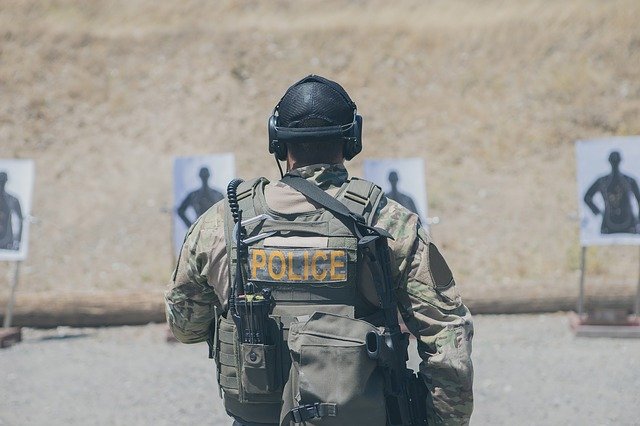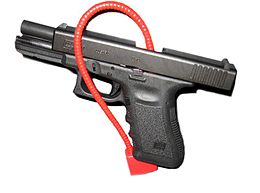
Today marks the start of the statewide youth hunt and an expanded early antlerless-only period. Minnesota hunting magazine provides the latest news and information about upcoming events as well as answers to frequently asked questions. It also features information on youth season details and the deadline to apply. Read on for information about this year's youth season and to see if you qualify for one! Here are some facts and figures about Minnesota youth hunter deer hunting.
Only valid for archery in bucks-only area
A youth deer hunter's archery license is valid only for legal bucks. Bucks are allowed only in public land and are weighed at least 13 inches long and ten inches wide. Youth hunters can also hunt with firearms at designated junior-deer hunt training days that take place from November 5-12, 2020. If the hunter's tag is lost or stolen, it will be renewed for two seasons.
Out of the hunting seasons, youth hunters may hunt for elks and bucks-only deer in some counties. They are both federal holidays. However it is legal to hunt deer with bows within the counties they desire to hunt. The rules for these hunts are very specific and will vary by county. However, for those planning on hunting a deer with bows in Wisconsin, there are some important things to keep in mind.

CWD sampling mandatory for deer harvested during mn youth deer hunts
The DNR is making CWD sampling mandatory for deer harvested during youth deer hunts in Minnesota. For youth deer hunts, hunters will need to provide a deer carcass at a sampling station within 24-hours of harvest. On the DNR's website, the locations for the sampling stations can be found. Hunters can contact the DNR for information or visit the agency’s website to locate the nearest sampling station.
Permit hunters who want to submit CWD samples should bring their deer to a self service sampling station located between Oslo and Moorhead. Once samples are collected, DNR staff will collect them from the Retropharyngeal lymp nodes. The samples will go to a laboratory for further analysis. Once results are received, hunters can go to the DNR's website and determine if the deer has been infected.
Application due date
The Minnesota DNR has released a list of available dates for its next youth deer hunt. This special youth hunt is open to ages 12 and up and is held in a specific area. Adult supervisors must be 21 years old or older, and have completed the Minnesota DNR Education Course. The application must be completed by both the youth and the adult supervisor. They should also stay within 50 feet of each other at all times. Youth deer tags can only be used to hunt antlerless whitetail deer, but you are allowed to bring crossbows if the adult is 21 years old or older.
Minnesota residents must apply to get a license. You will need to purchase the license if you're not a resident of Minnesota. Minnesota has three different deer hunting license categories. Resident hunters pay $30 and nonresident hunters pay $165. Youth hunters who are 10 years old or younger can apply for a free license. A license can be purchased for the whole year by non-resident hunters.

Cost of license
Minnesota has three types deer hunting licenses: nonresident, resident and bonus antlerless. You can receive a youth hunting tag free of charge for children under 12. A deer hunting licence can only be obtained by adults who pay $165 nonresident fees. Nonresidents and residents pay $80 for a youth hunt license. Residents pay $10. Antlerless bonus tags are also available. They are $12 for residents and $20 for nonresidents.
Log in to Minnesota Game and Fish's website to buy a Minnesota youth-deer hunt license. Click on the button "Apply" in the 'Lottery/Gratis section. Enter your personal data, including your age. The age limit is between 11 and 12 years. Only antlerless whitetail deer is eligible for the license.
FAQ
Where is hunting most popular in the US?
Hunting is most popular in the Midwest, where people are used to living off the land.
Hunting is also very common in the Northeast, as many of those who live there were raised on hunting traditions.
These states are home to hunters from across the country who come to hunt big game animals.
Hunting is less popular in other parts of the country which makes it less likely that they will support hunters.
Where can you buy a gun
Gun shops are found all over the nation. They have everything from entry-level guns to highly-priced weapons.
Gun shops may specialize in firearm sales. Many gun shops have knowledgeable staff who can help you select the right gun for you.
Check out our handgun buying guide.
Hunting is a wonderful hobby.
Hunting is like playing chess in nature. You have to think ahead, plan out every move, and anticipate where the game will go next.
Hunting for food is a goal. Therefore, it is important to understand what type of animal you are hunting, how to track your prey and when you should stop tracking. You won't catch anything if you don't know this information.
Keep your eyes open when hunting. By doing so, you will never miss an opportunity. Once you spot something, get close enough that you can identify it. Then take note of everything you saw and record it. If you decide to hunt again, this will be helpful.
It's about more than shooting at targets. It's about being in tune to yourself, your environment, and the animals surrounding you.
Which gun is best for hunting
A.22 caliber firearm is the best weapon to hunt with. This is because it is lightweight and easy to carry around. It is also able to shoot accurately from long distances.
This type of firearm should only be used when there is no threat from a predator.
It is not a good idea to shoot at trees with ammunition. This would cause little harm. Clear sight is essential for your prey.
If you are looking to hunt bigger game like deer or elk, a rifle of the.30 caliber can be used. It is heavier than the.22 Caliber rifle.
To achieve the same accuracy with a rifle of 30-caliber calibre, you will need to practice more.
Statistics
- Indiana, for example, saw a 28% jump in turkey license sales during the first week of the season. (stacker.com)
- Over the past 50 years, the number of hunting licenses in California has been on a rapid decline, falling 70% from more than 760,000 in the 1970s to under 268,000 in 2020—even as the state's population has skyrocketed, according to The Mercury News. (stacker.com)
- Less than 1% of Hawaii's population has a hunting license. (stacker.com)
- - Percent of residents with paid hunting licenses: 0.7%- (stacker.com)
External Links
How To
How to make a Deer Blind
A deer blind can be used as a hunting device to conceal game animals like deer and elk. The blind consists of a small enclosure, usually made of canvas or wood and often covered with branches and leaves. The hunter hides in the enclosure and waits to see if the animal passes. When hunting at nights, the hunter will often use a deerblind.
There are many options for deer blinds. Some are portable while others are permanent structures. They are typically constructed out of materials like plywood, cardboard, plastic, canvas, or metal.
Box blinds, also known as box stands, are the most popular type of deer blinds. They consist of a wooden container with a roof and walls. Boxes are popular due to their ease of construction and transportation.
A tree stand is another form of deer blind. Tree stands can be made natural to appear natural, so people won't suspect that they are there. Most tree stands are permanently fixed to trees.
Ground blinds are also available, which look similar to tree stand but are built into a ground. Ground blinds are often camouflaged with grass, dirt, rocks, or sand. Ground blinds can also be called "ground boxes".
There are several ways to hunt with deer blinds. The first is to wait for the animal, then sit still. Moving around can be used to scare the animal off. This method can be used if you are unable to remain still and don't move much. This could cause the animal to believe you are a predator and make them run.
First, find the right spot to place a deer blind. The best place to use a deer blind is one where the wind will not blow your scent towards it. Avoid hiking areas.
Don't forget to learn how to set up the deer blind. You don't want your animal running away because they see you.